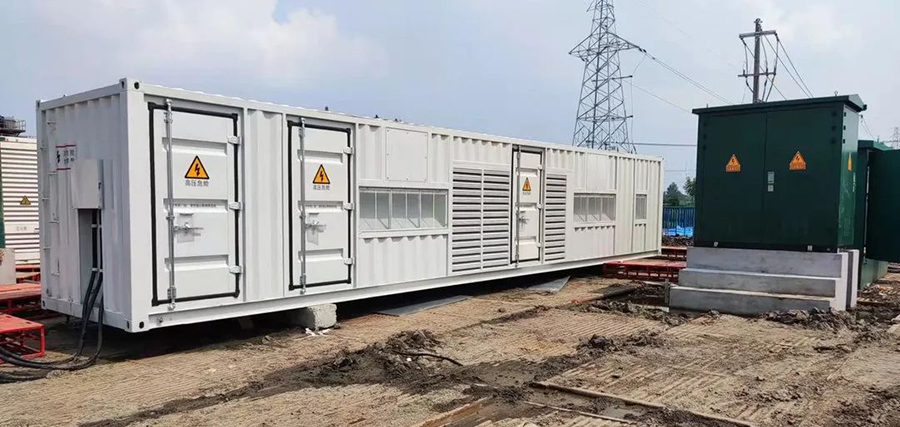Why does wind power require reactive power compensation – STATCOM
The integration of wind energy into the power grid brings about challenges due to its random and intermittent nature. With the increasing capacity of wind power grid connections, issues like grid voltage instability and elevated line losses become more pronounced. Power quality plays a crucial role in ensuring the stability of the power grid, the safe operation of power equipment, and production efficiency. Reactive power, in particular, significantly influences power quality. Therefore, compensating for reactive power in wind power systems holds immense importance in enhancing grid-connected power quality, reducing grid losses, and bolstering grid operational stability and security.
Operating characteristics of wind power generation
The fluctuations in wind speed and direction are sporadic and irregular, with notable variations across different locations. Consequently, the power output of wind turbines fluctuates randomly. This fluctuation in wind power output is pronounced within short timeframes, and the output of turbines within the same wind farm changes asynchronously. Hence, wind power generation is marked by its randomness and lack of control.

How to realize wind power reactive power compensation
To address voltage and harmonic issues stemming from wind power integration into the grid, wind farms require dynamic and highly adjustable reactive power capacity and harmonic filtering capabilities. This helps mitigate the impact of wind power fluctuations on grid voltage and enhances system stability and security.
When wind turbines operate at varying output levels, it’s essential to maintain the power factor within the range of -0.95 to +0.95. The power factor of synchronous generators should also be controlled within this range, with excitation devices equipped with power factor adjustment functions.
The reactive power adjustment range and response speed of wind farms should align with the voltage regulation requirements at the grid connection point. Ideally, the power factor at the high-voltage side of the wind farm’s booster station should be set at 1.0, but it can be controlled within the range of -0.98 to +0.98 during operation.
Reactive power supply at wind farms involves both wind turbine generators and reactive power compensation devices. Initially, efforts should focus on maximizing the reactive power capacity and regulation capabilities of wind turbines. If voltage regulation needs cannot be met, reactive power compensation devices such as group switching capacitors or reactor groups may be installed. In cases requiring more sophisticated solutions, continuously adjustable static reactive power compensators or other advanced devices can be considered. Since synchronous generators can provide some reactive power capacity, the reactive power compensation device capacity at the wind farm should be adjusted accordingly. Group switching capacitors should generally be avoided, with STATCOM recommended as a preferable alternative.



